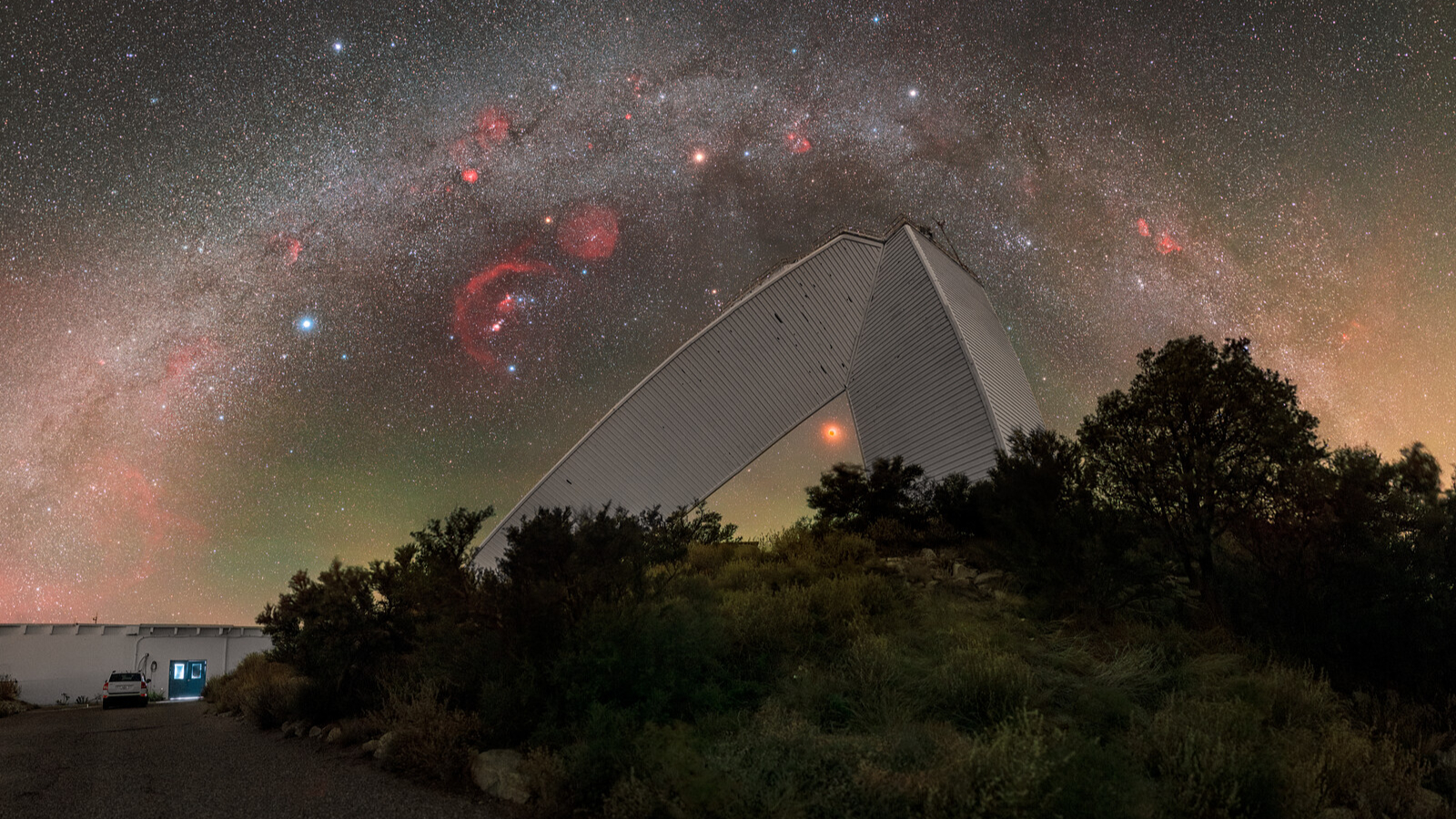Orionid meteor shower 2025: When, where and how to see it
Learn when, where, and how to see the Orionid meteor shower, peaking in late October this year.
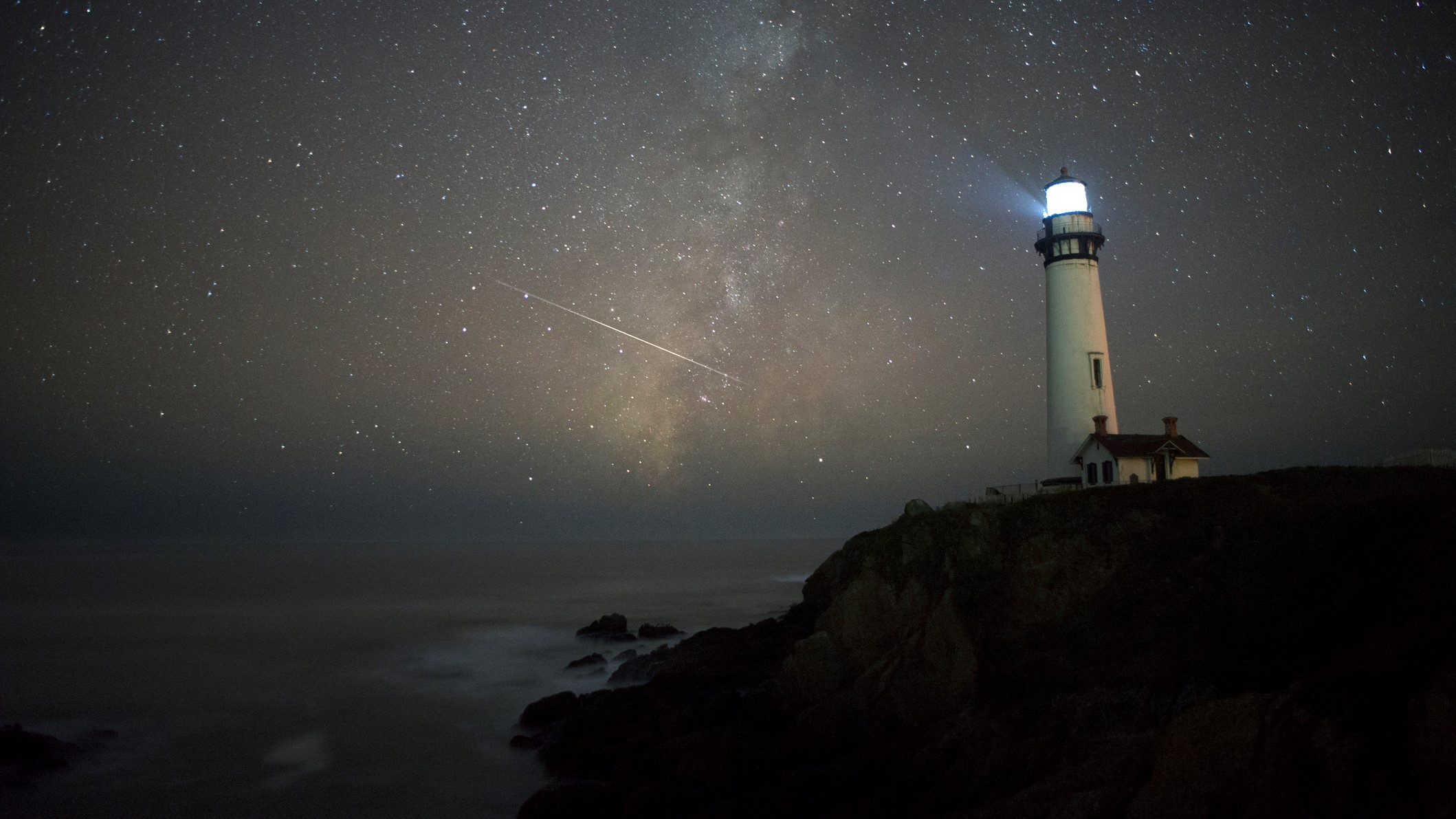
The Orionid meteor shower is active between Sept. 26 to Nov. 22 and will peak on Oct. 20-21 between midnight and dawn, with clear-sky rates of about 20 meteors per hour.
Viewing conditions for the Orionids will be extremely good as the peak coincides with the new moon, providing dark skies ideal for meteor hunting.
Sometimes the Orionid meteor shower produces spectacular displays of up to 80 meteors an hour, but in recent years it has produced more modest displays of about 20 or 30 visible meteors per hour.
The Orionids are the second meteor shower in the year created by Halley's Comet, the Eta Aquarids in May are also created by the famous comet.
The Orionid meteor shower is produced when Earth passes through the debris or ice and dust left behind from Comet 1P/Halley, more commonly known as Halley's Comet.
Related: Meteor shower guide: Dates and viewing advice
The meteors that streak across the sky are some of the fastest among meteor showers because Earth is hitting the stream of particles from Halley's Comet almost head-on.
Orionids zip through the sky at 41 miles (66 kilometers) per second, only 3 miles (5 km) per second slower than the speedy Leonids, according to NASA Science.
Where can you see the Orionid meteor shower?
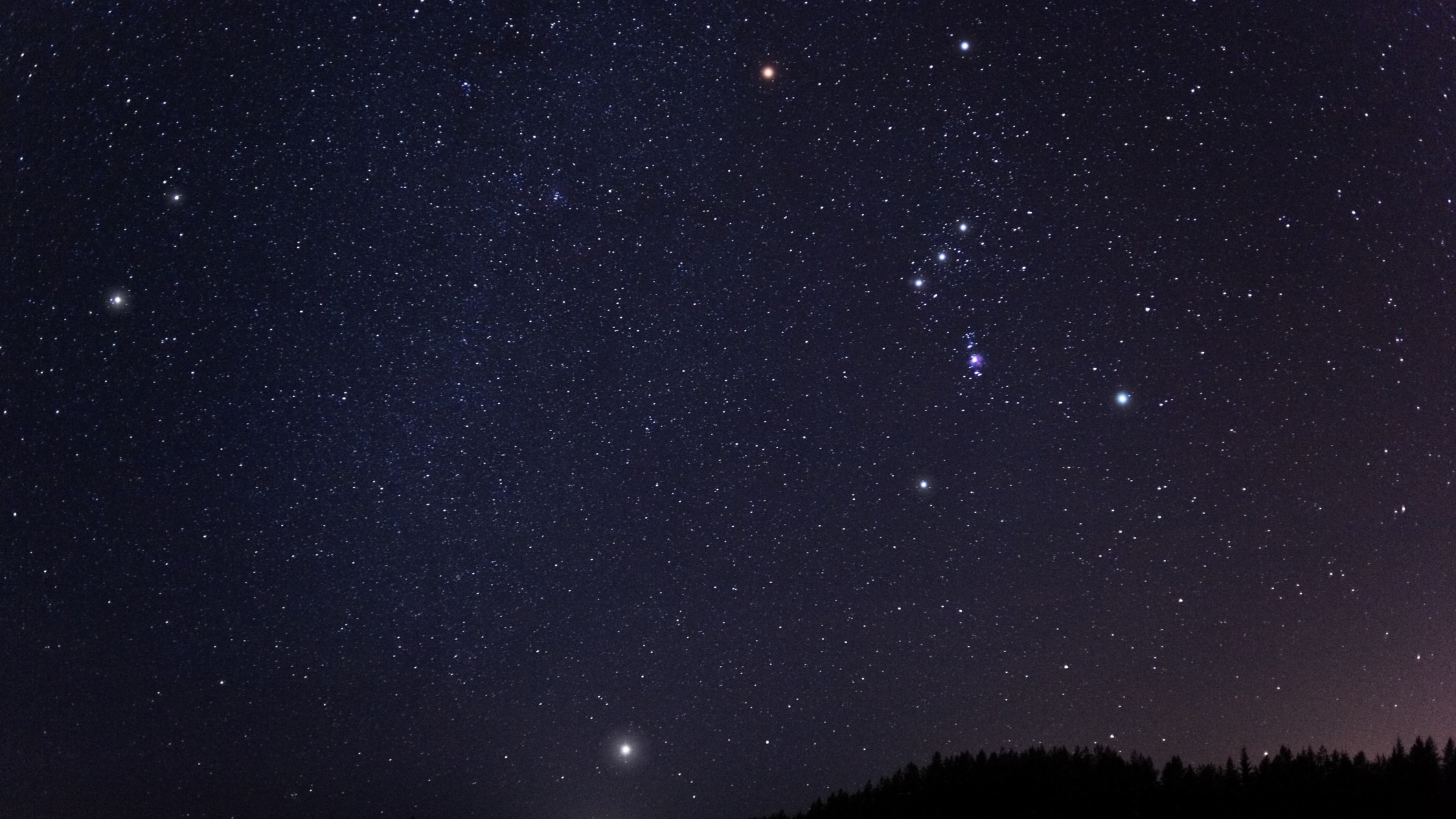
Right ascension: 5 hours
Declination: 5 degrees
Visible between: Latitudes 85 and minus 75 degrees
The Orionids are visible to skywatchers in both the Northern and Southern Hemispheres (weather permitting).
Meteor showers are named after the constellation from which the meteors appear to emanate, known as the radiant. From Earth's perspective, the Orionid meteor shower appears to come approximately from the direction of the Orion constellation.
Orion is located on the celestial equator and is visible throughout the world. If you are in the Northern Hemisphere, Orion is located in the southwestern sky and if you are in the Southern Hemisphere it is visible in the northwestern sky. The three bright stars Alnilam, Mintaka and Alnitak that form Orion's belt are the easiest to spot.
Don't look directly at Orion to find meteors, as the shooting stars will be visible throughout the sky. Make sure to move your gaze around the nearby constellations as meteors closer to the radiant have shorter trains (glowing trails of debris) and are more difficult to spot. If you only look at Orion you might miss the more spectacular Orionids.
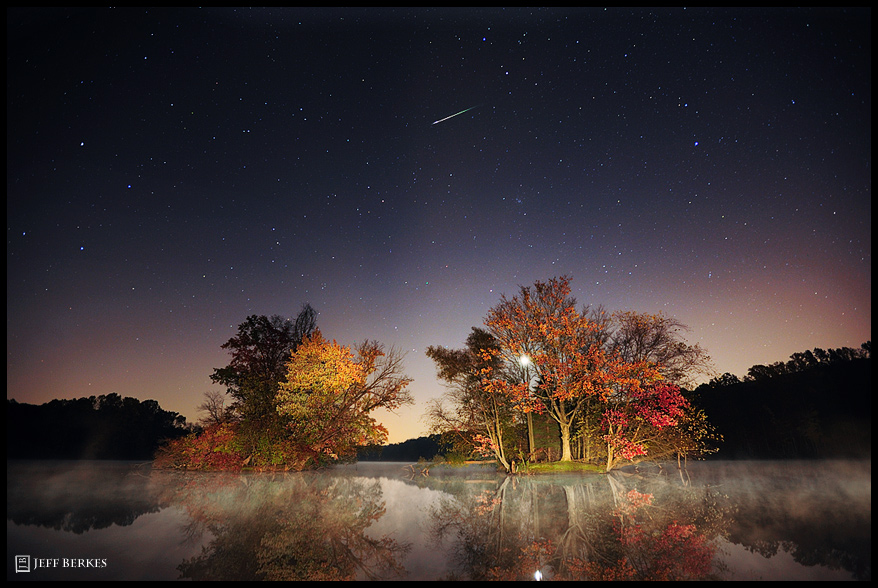
To see the Orionid meteor shower at its best, go to the darkest possible location, lean back and relax. You don't need equipment like telescopes or binoculars as the secret is to take in as much sky as possible and allow about 30 minutes for your eyes to adjust to the dark.
If you want more advice on photographing the Orionids, check out our how-to photograph meteors and meteor showers guide. If you need imaging gear, consider our best cameras for astrophotography and the best lenses for astrophotography.
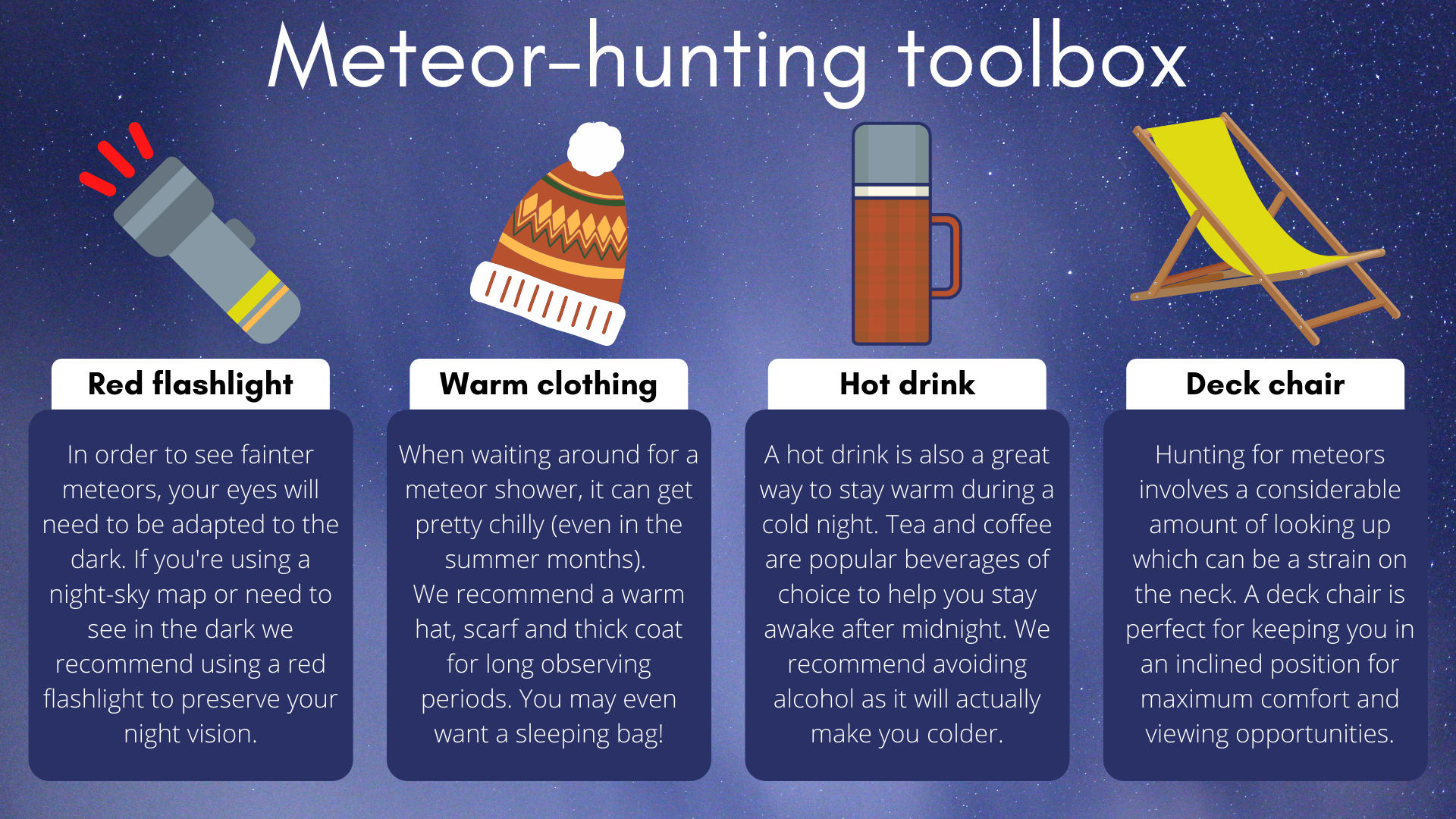
When is the best time to view the Orionid meteor shower?
The best time to view the Orionid meteor shower is between midnight and dawn when the shower's radiant, the Orion constellation, is high in the sky.
The Orionids are active from Sept. 26 to Nov. 22 according to the American Meteor Society and will peak between Oct. 20 and Oct. 21.
This year, the moon will not interfere with Orionid meteor shower hunting efforts as it will be in the new moo phase during the peak. To calculate sunrise and moonrise times in your location check out this custom sunrise-sunset calculator.
What causes the Orionid meteor shower?
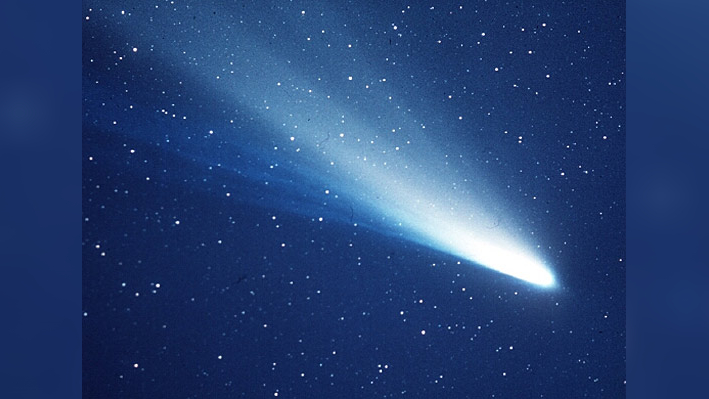
The Orionids are caused by the debris of ice and dust left behind by Halley's Comet when it passes through the solar system. According to the UK Meteor Network, the meteors we see today come from debris left by Halley's Comet hundreds of years ago as the current orbit of the comet doesn't bring it close enough to Earth to produce meteors.
When Earth passes through the comet debris, the "comet crumbs" heat up as they enter Earth's atmosphere producing impressive "shooting stars" that streak across the sky.
Halley's Comet takes about 76 years to orbit the sun once and will not enter the solar system again until 2061.
The comet is named after English astronomer Edmond Halley who examined reports of comets approaching Earth in 1531, 1607 and 1682. He concluded that these sightings were all of the same comet returning over and over again. Halley predicted the comet would return in 1758. Though he did not live to see the comet's correctly predicted return, it was later named in his honor.
Editor's note: If you snap a great photo of an Orionid meteor or any other night sky sight you'd like to share with Space.com and our news partners for a story or image gallery, send images and comments to: spacephotos@space.com.
Additional information
Have you seen a fireball recently? Report the sighting to the American Meteor Society to help contribute to fireball research. Explore the historical significance of Halley's Comet and the Battle of Hastings with this NASA feature. Take a tour of meteors and meteorites through history on this Google Arts & Culture feature courtesy of Adler Planetarium.
Bibliography
Bailey, D. 2022 Orionid Meteor Shower. UK Meteor Network. Retrieved October 6, 2022, from https://ukmeteornetwork.co.uk/showers/2022-orionids/
NASA. Leonids. NASA. Retrieved October 6, 2022, from https://solarsystem.nasa.gov/asteroids-comets-and-meteors/meteors-and-meteorites/leonids/in-depth/
NASA. Orionids. NASA. Retrieved October 6, 2022, from https://solarsystem.nasa.gov/asteroids-comets-and-meteors/meteors-and-meteorites/orionids/in-depth/
Orionids meteor shower 2022. timeanddateRetrieved October 6, 2022, from https://www.timeanddate.com/astronomy/meteor-shower/orionid.html
Join our Space Forums to keep talking space on the latest missions, night sky and more! And if you have a news tip, correction or comment, let us know at: community@space.com.
Get the Space.com Newsletter
Breaking space news, the latest updates on rocket launches, skywatching events and more!

Daisy Dobrijevic joined Space.com in February 2022 having previously worked for our sister publication All About Space magazine as a staff writer. Before joining us, Daisy completed an editorial internship with the BBC Sky at Night Magazine and worked at the National Space Centre in Leicester, U.K., where she enjoyed communicating space science to the public. In 2021, Daisy completed a PhD in plant physiology and also holds a Master's in Environmental Science, she is currently based in Nottingham, U.K. Daisy is passionate about all things space, with a penchant for solar activity and space weather. She has a strong interest in astrotourism and loves nothing more than a good northern lights chase!
